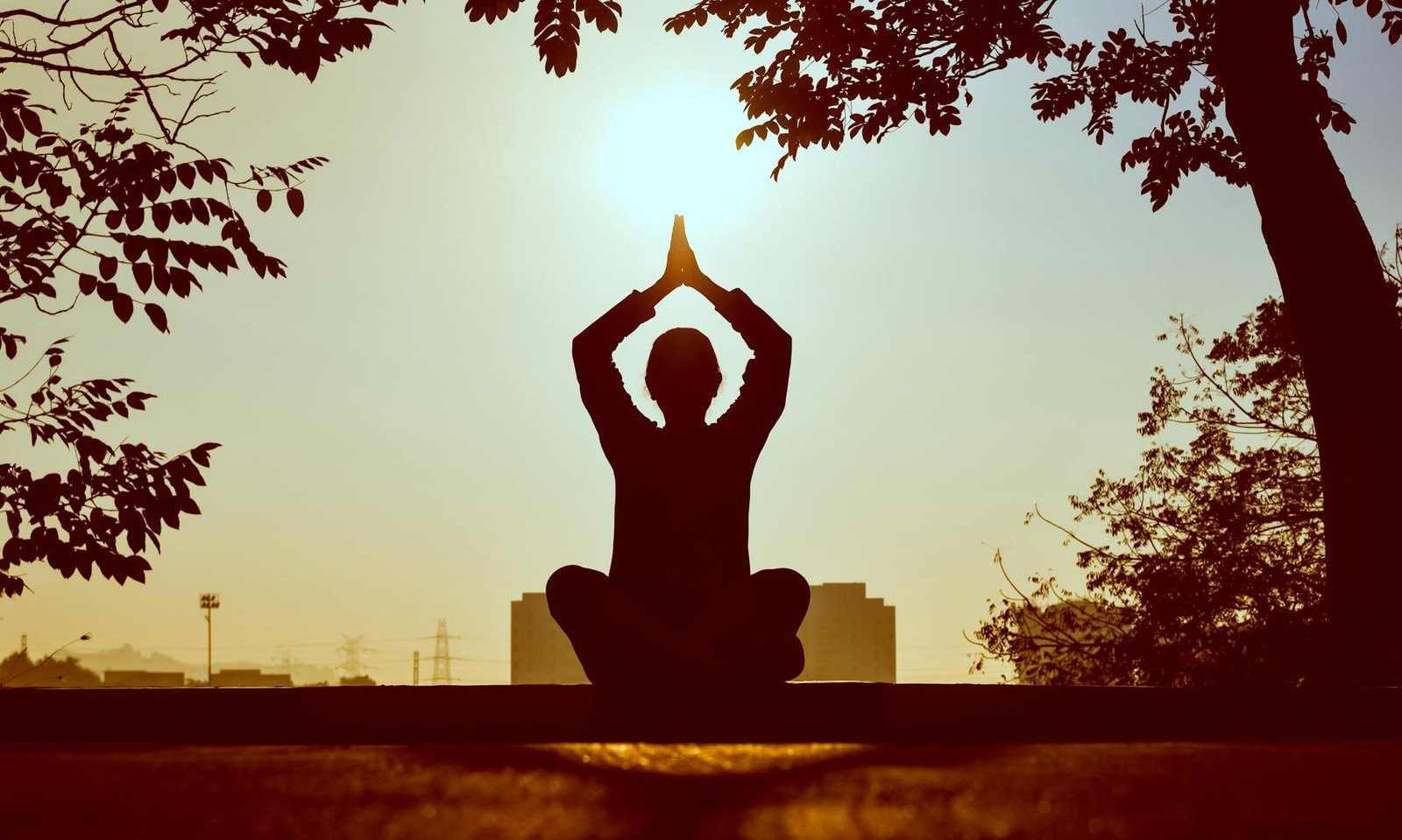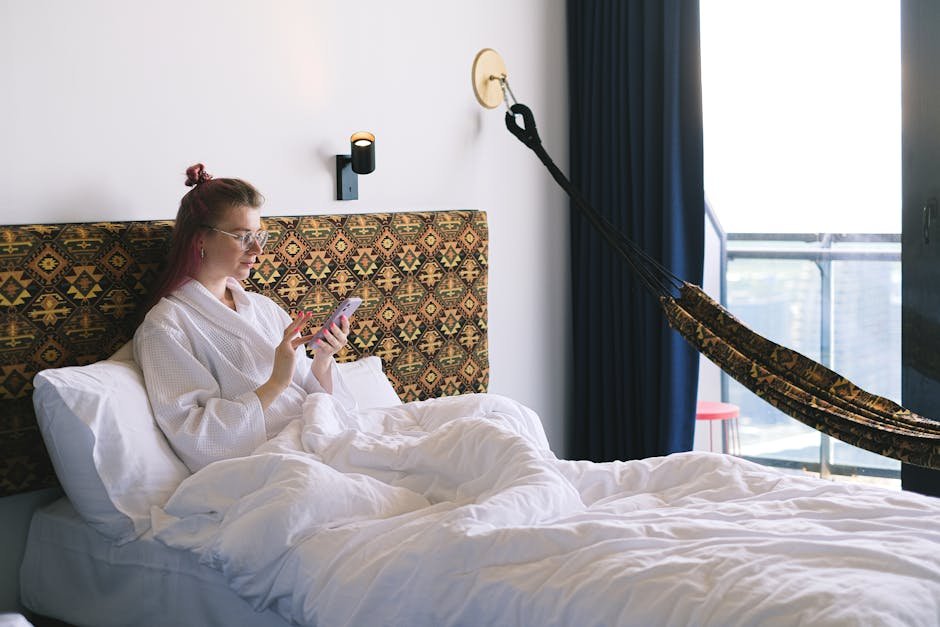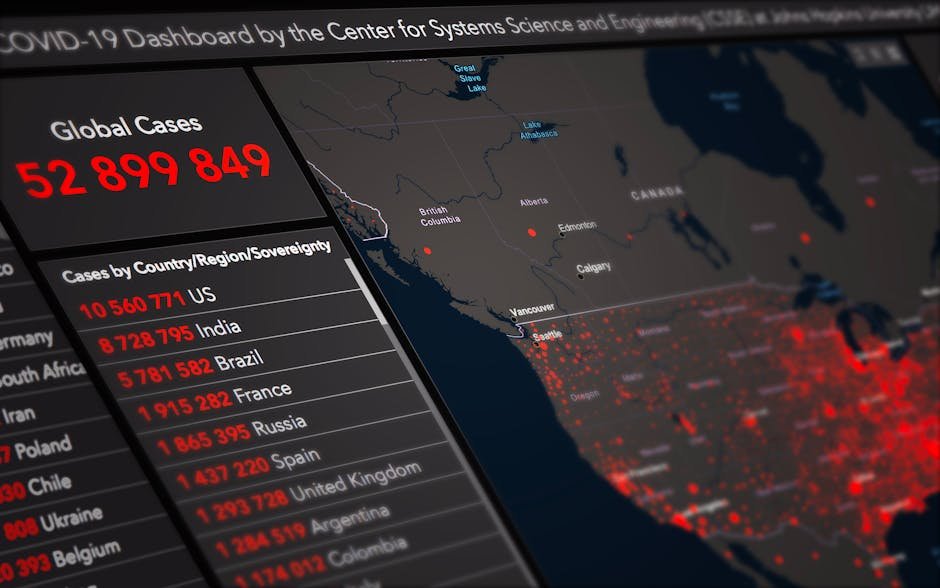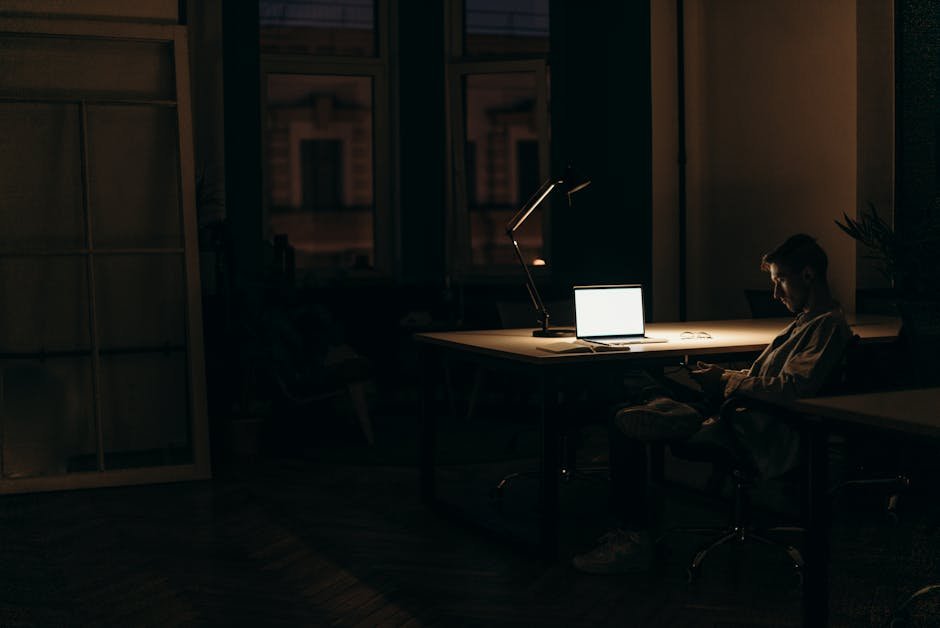Solo travel sounds exhilarating—working from a Thai beach or a Lisbon rooftop, chasing freedom. But let’s be real: being a solo digital nomad in 2025 can also feel isolating, with 35 million nomads navigating new cities and time zones alone. The constant hustle, cultural adjustments, and distance from loved ones can take a toll. This guide offers mental health tips to keep you grounded and thriving as a solo nomad, tailored for the challenges of 2025. Drawing from nomad experiences and X community wisdom, here’s how to stay mentally strong on your global adventure.
Why Mental Health Matters for Solo Nomads?
Solo nomads face unique stressors: loneliness (60% report it, Nomad List 2025), unstable income, and cultural isolation. Left unchecked, these can lead to burnout or anxiety. Prioritizing mental health ensures you enjoy hubs like Chiang Mai ($500–$900 USD/month) or Medellín ($600–$1,100 USD/month) while staying productive.
Top Mental Health Tips
Here’s how to nurture your well-being as a solo nomad in 2025.
1. Build a Routine
A consistent schedule anchors you amidst travel chaos.
- Action: Set work hours (e.g., 9 AM–2 PM) and self-care slots (e.g., morning yoga, evening walks). Use co-working spaces like Punspace Chiang Mai ($60–$150 USD/month) for structure. Track with apps like Todoist ($4 USD/month).
- Example: A nomad in Bali works mornings at Hubud, then journals at a Ubud café, reducing stress.
- Why It Works: Routines combat decision fatigue and create stability.
2. Connect with Nomad Communities
Loneliness fades when you find your tribe.
- Action: Join co-living spaces like Selina Medellín ($400–$800 USD/month) or attend events like Bansko Nomad Fest ($100–$300 USD). Engage on X groups like “Digital Nomads Lisbon” or Facebook’s “Solo Nomads.”
- Example: A solo nomad in Playa del Carmen joins Selina’s taco night, making friends who become weekly coworkers.
- Why It Works: Community fosters belonging; 80% of nomads value it (Global Citizen Solutions, 2025).
3. Prioritize Physical Health
Exercise, sleep, and diet boost mental resilience.
- Action: Join local gyms ($20–$50 USD/month in Thailand) or yoga classes ($5–$15 USD/session in Bali). Aim for 7–8 hours of sleep and eat local produce ($100–$200 USD/month). Use apps like MyFitnessPal (free).
- Example: A Lisbon nomad jogs along the Tagus River, improving mood and focus.
- Why It Works: Physical health directly impacts mental clarity.
4. Practice Mindfulness and Meditation
Mindfulness reduces anxiety and keeps you present.
- Action: Use apps like Headspace ($13 USD/month) or Insight Timer (free) for 10-minute daily meditation. Try journaling or gratitude lists. Join local meditation groups (e.g., Ubud’s Yoga Barn, $10 USD/session).
- Example: A Chiang Mai nomad meditates daily, easing visa-related stress.
- Why It Works: Mindfulness lowers cortisol; 15 minutes/day boosts mood (Headspace, 2025).
5. Set Work-Life Boundaries
Overworking to fund nomad life leads to burnout.
- Action: Limit work to 5–6 hours/day using tools like Toggl (free) to track time. Say no to low-paying gigs. Schedule downtime for exploration (e.g., Málaga’s museums).
- Example: A Buenos Aires nomad works mornings, then explores Palermo’s cafés, avoiding late-night client calls.
- Why It Works: Boundaries prevent exhaustion and enrich travel.
6. Stay Connected with Home
Distance from family and friends can sting.
- Action: Schedule weekly video calls via Zoom or WhatsApp (free). Share updates on X to feel connected. Send postcards ($1–$3 USD) for a personal touch.
- Example: A solo nomad in Kuala Lumpur calls family every Sunday, easing homesickness.
- Why It Works: Regular contact maintains emotional ties.
7. Seek Professional Support
Therapy or counseling can be a game-changer for nomads.
- Action: Use online platforms like BetterHelp ($60–$80 USD/week) or Talkspace ($65–$100 USD/week) for therapy. Check if your insurance (e.g., SafetyWing, $50–$150 USD/month) covers mental health.
- Example: A Medellín nomad uses BetterHelp to manage anxiety during a client drought.
- Why It Works: Professional help addresses deeper issues; 50% of nomads report therapy benefits (Nomad List, 2025).
Mental Health Resources
| Resource | Type | Cost (USD) | Best For |
|---|---|---|---|
| Headspace | Meditation app | $13/month | Daily mindfulness |
| BetterHelp | Online therapy | $60–$80/week | Counseling on the go |
| Nomad List | Community platform | $99/year | Finding local nomad events |
| SafetyWing | Insurance | $50–$150/month | Mental health coverage option |
Pros and Cons
- Pros:
- Routines and communities create stability.
- Affordable self-care (e.g., $5 USD yoga in Bali).
- Online therapy is nomad-friendly.
- Cons:
- Therapy costs $60–$100 USD/week.
- Building community takes effort in new hubs.
- Time zone differences complicate home calls.
Financial Breakdown
- Costs:
- Co-working/co-living: $60–$800 USD/month.
- Apps/therapy: $13–$100 USD/month.
- Gym/yoga: $20–$50 USD/month.
- Total Budget: $100–$1,000 USD/month for mental health support.
Extra Tips
- Limit Social Media: Reduce comparison by curating your X feed.
- Take Breaks: Spend a day offline exploring (e.g., Thailand’s Doi Suthep).
- Journal: Write daily to process emotions (use Notion, free).
- Ask for Help: Reach out on X’s “Solo Nomads” for support.
For tips on nomad hubs with strong communities, check out our guide on Best Cities for Digital Nomads in 2025.
Conclusion
Solo digital nomad life in 2025 is thrilling but can challenge your mental health. Build routines, connect with nomad communities, and prioritize physical and emotional self-care to stay grounded. Practice mindfulness, set work boundaries, and don’t hesitate to seek therapy via platforms like BetterHelp. From Chiang Mai’s co-working spaces to Medellín’s vibrant streets, these tips will help you thrive mentally while embracing the nomad life. Stay connected, take it one day at a time, and keep your well-being first!







